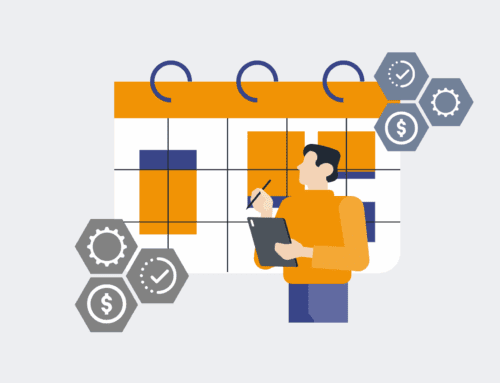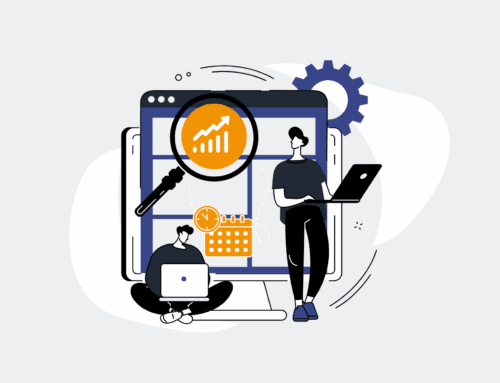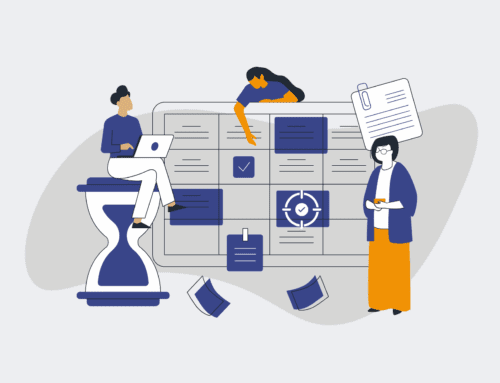How to Integrate AI Resume Parsing with Your Applicant Tracking System for Seamless Workflow
In today’s competitive talent landscape, efficiency is paramount. Manual resume screening is a bottleneck that consumes valuable recruiter time, introduces human error, and slows down the hiring process. Integrating AI-powered resume parsing into your Applicant Tracking System (ATS) isn’t just an upgrade; it’s a strategic move to eliminate these pain points, accelerate candidate qualification, and allow your team to focus on high-value interactions. This guide will walk you through the practical steps to achieve a seamless, automated recruitment workflow that saves time and money.
Step 1: Assess Your Current ATS Capabilities and API Documentation
Before diving into any integration, a thorough understanding of your existing Applicant Tracking System is crucial. Identify what functionalities your ATS natively offers for resume processing and, more importantly, explore its API documentation. A robust API is the backbone of any successful integration, dictating how external tools can communicate with your ATS. Look for endpoints that allow for candidate creation, profile updates, and attachment handling. Documenting your ATS’s technical specifications and any existing third-party integrations will provide a clear picture of potential complexities and compatibility challenges, laying the groundwork for a smooth integration process.
Step 2: Select the Right AI Resume Parsing Solution
The market offers a variety of AI resume parsing tools, each with its unique strengths. Your choice should align with your specific needs, budget, and the technical capabilities discovered in Step 1. Consider factors like parsing accuracy across different resume formats, language support, the depth of extracted data (skills, experience, education, contact info), and its ability to integrate via webhooks or direct API. Solutions like Sovren, Affinda, or even custom Make.com scenarios leveraging OpenAI for structured data extraction can be viable. Prioritize a parser that not only extracts data but also normalizes it, ensuring consistency and readiness for your ATS fields.
Step 3: Plan Your Integration Workflow and Data Flow
A well-defined workflow is critical for a successful integration. Map out the entire journey a resume will take, from initial submission (e.g., career page, email inbox, job board) through parsing, data extraction, and finally, entry into your ATS. Determine key decision points, such as how duplicate candidates will be handled or if certain data points trigger specific actions within your ATS (e.g., auto-tagging for specific roles). Consider what data needs to be extracted by the AI parser and how it will be mapped to corresponding fields in your ATS. This detailed planning phase, often visualized with flowcharts, helps identify potential issues and streamline the automated process.
Step 4: Configure and Test the AI Resume Parsing Integration
With your parser chosen and workflow planned, it’s time for configuration. This typically involves setting up API keys, webhooks, and authentication tokens to establish secure communication between your ATS and the AI parser. If you’re using an integration platform like Make.com, this step involves building out the automation scenario that orchestrates the data transfer. Rigorous testing is non-negotiable. Use a diverse set of real (anonymized) resumes, including various formats, layouts, and levels of detail, to ensure the parser accurately extracts all necessary information. Test edge cases and errors to understand how the system behaves and what alerts or fallback mechanisms are in place. Iterative testing and refinement are key to achieving optimal performance.
Step 5: Define Data Mapping and Field Alignment within Your ATS
The success of AI resume parsing hinges on precise data mapping. Once the AI parser extracts information (e.g., job titles, skills, education, contact details), it needs to know exactly where that information should reside within your ATS. Work closely with your HR and IT teams to define standard fields for each piece of parsed data. This might involve creating custom fields in your ATS or adjusting existing ones to accommodate the structured data from the parser. Consistent data mapping prevents data loss, ensures searchability, and enables accurate reporting. This step is about bridging the gap between raw parsed data and actionable insights within your talent acquisition system.
Step 6: Implement Quality Control and Feedback Loops
Even the most advanced AI parsers aren’t perfect. Implement a robust quality control process to review parsed resumes, especially during the initial rollout phase. This involves human oversight to correct any inaccuracies or missing data. More importantly, establish a feedback loop mechanism where these corrections can be fed back to the AI parsing tool. Many parsers offer a way to learn from manual edits, continuously improving their accuracy over time. Regular audits of parsed data will help maintain high data integrity within your ATS, ensuring your team relies on accurate information for recruitment decisions. This iterative refinement is essential for long-term success.
Step 7: Train Your Recruitment Team and Monitor Performance
The technology is only as effective as the people using it. Provide comprehensive training to your recruitment and HR teams on how to interact with the new AI-powered workflow. Educate them on what to expect from the parsed data, how to identify and correct errors, and how to leverage the newfound efficiencies. Establish key performance indicators (KPIs) to monitor the integration’s impact, such as reduced time-to-fill, improved data accuracy, and decreased manual data entry hours. Regular monitoring allows you to identify areas for further optimization, demonstrate ROI, and ensure the seamless workflow continues to deliver strategic value to your organization.
If you would like to read more, we recommend this article: The Intelligent Evolution of Talent Acquisition: Mastering AI & Automation









